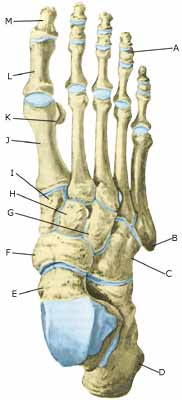|
||
|
||
| Cause: Inflammation of the synovial membrane can occur after a violent twist of a joint, which can cause the membrane to thicken and produce fluids resulting in the joint swelling up. The concentration of fluid in the joint (traumatic arthritis/synovitis) is often seen in connection with ligament injuries in the ankle joint area, Associated injuries in chronic lateral ankle instability, but is often overlooked.
Symptoms: Swelling of the joint. Pain with pressure on the joint lines, as well as with passive and active movement of the joint. Acute treatment: Click here. Examination: In pronounced cases the diagnosis is made from a normal medical examination, however, experience has shown that diagnosis is difficult and is often overlooked. Ultrasound scanning enables the diagnosis to be made from minor swelling, and swelling in joints that are otherwise difficult to examine. Treatment: Treatment is primarily based on relieving the affected area (and treatment of other possible injuries that have developed at the same time). If swelling of the joint persists despite relieving the area as much as possible, a supplement of medicinal treatment in the form of rheumatic medicine (NSAID) can be administered. Alternatively, draining and evaluating the fluid can be performed, and injection of corticosteroid into the joint. Injection into the joint is best performed if ultrasound guided (article). Rehabilitation: Rehabilitation is completely dependent upon which joint is injured, and which treatment has been administered. Until the swelling and the pain has subsided, the guidelines under rehabilitation, general should be followed. Complications: If there is not a steady improvement in the condition consideration must be given as to whether the diagnosis is correct, or if complications have arisen: |


